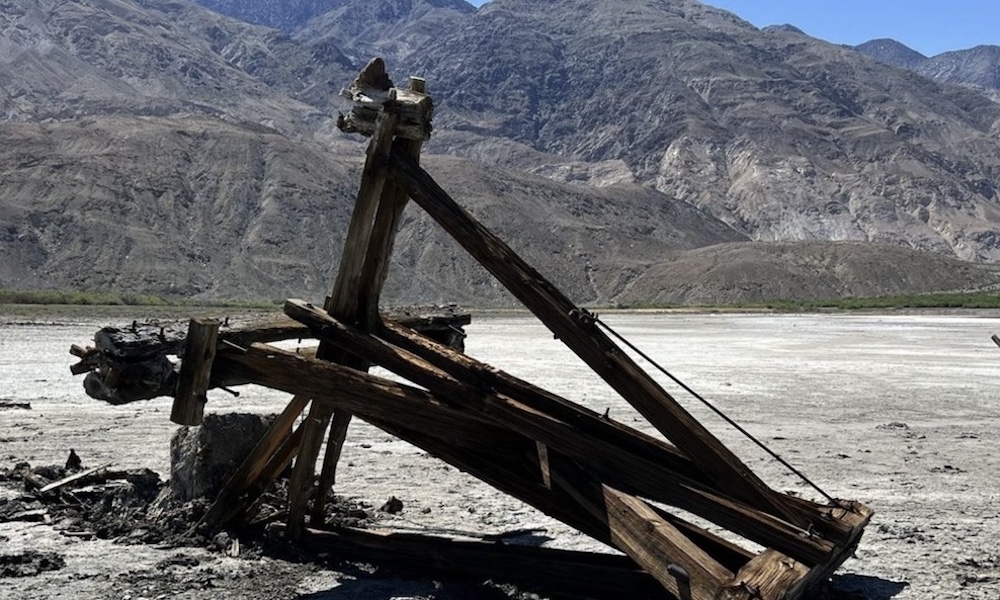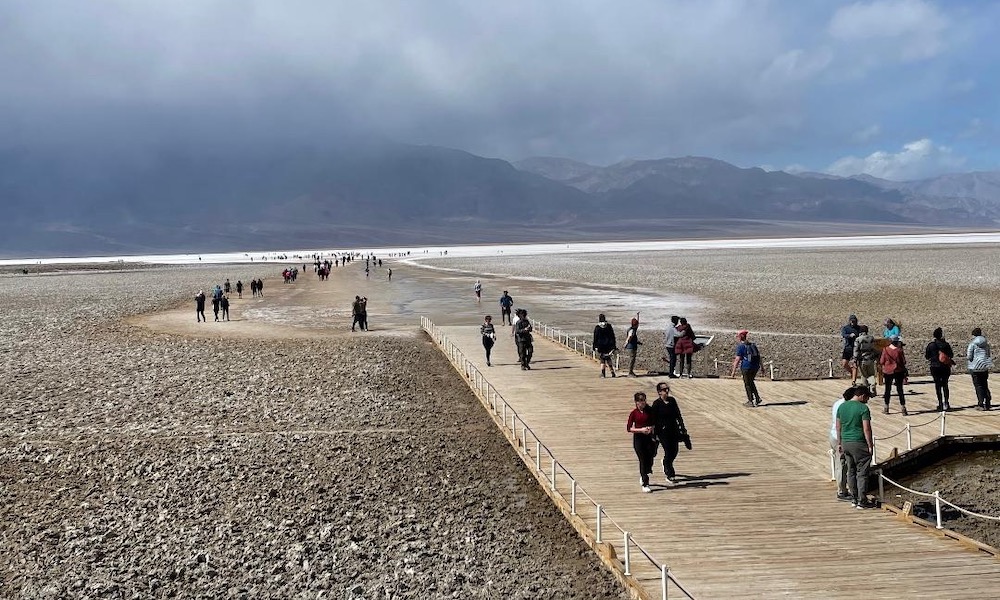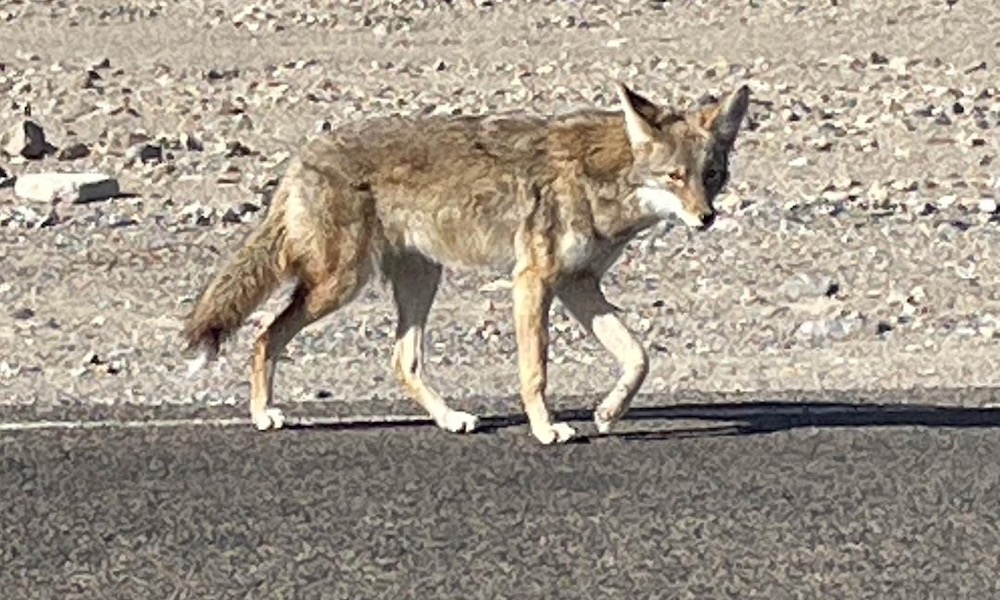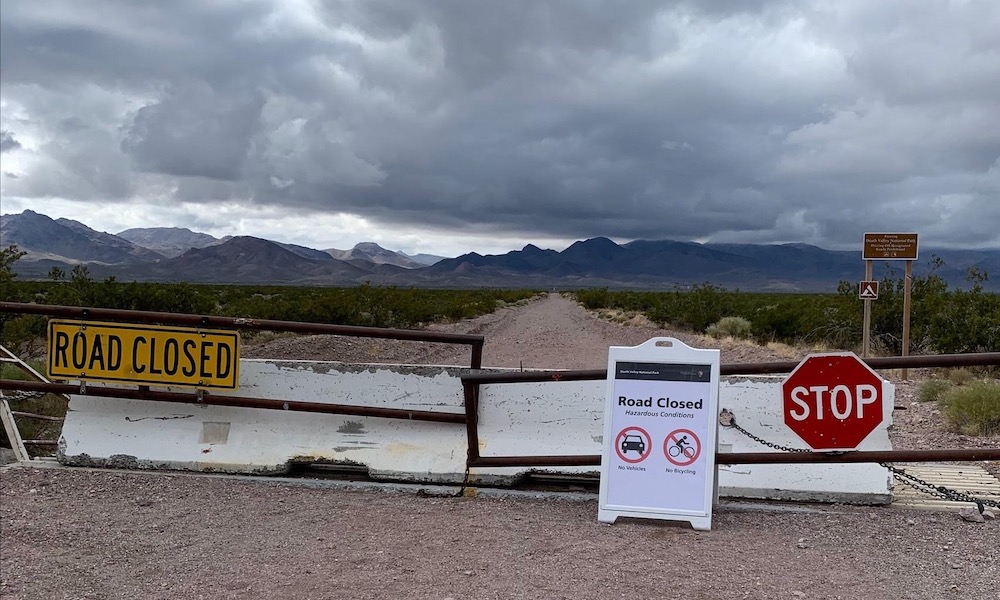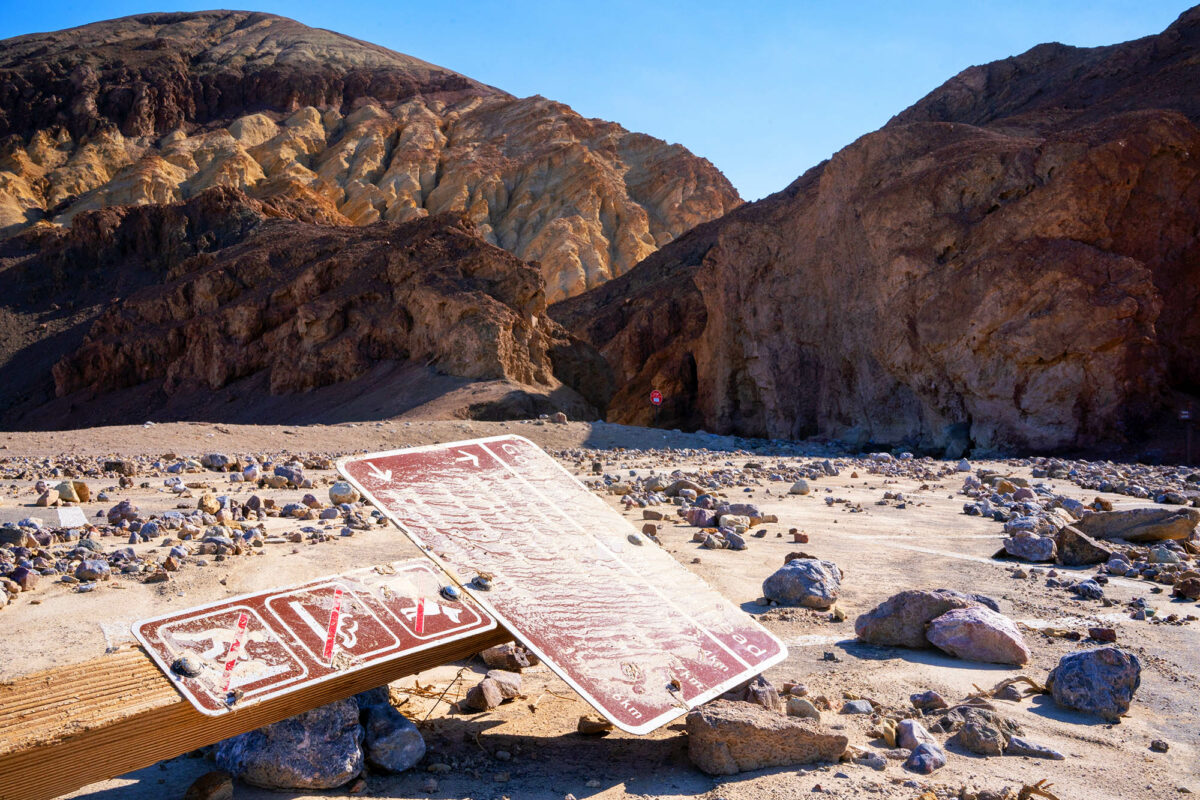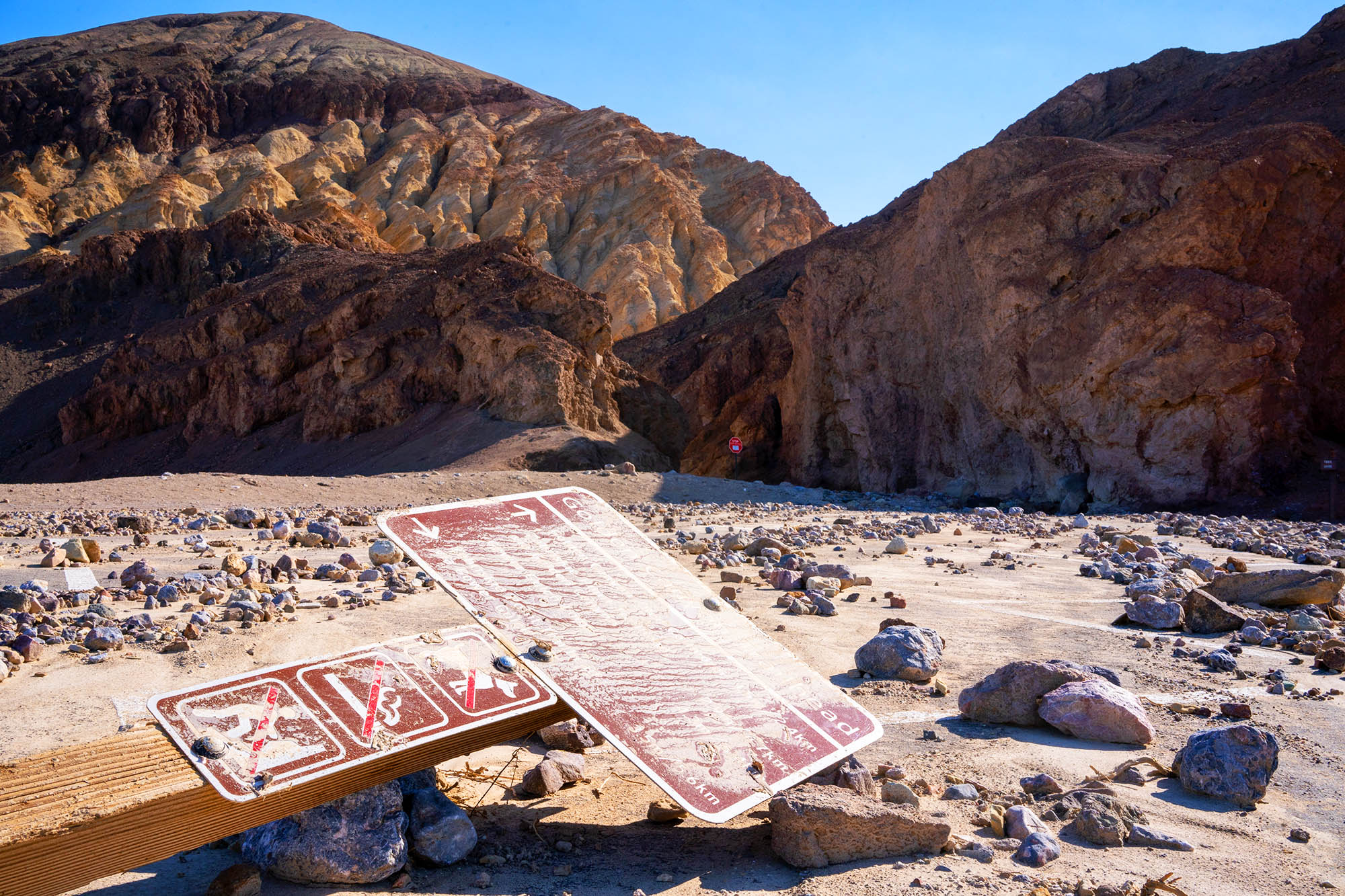Death Valley National Park is seeking information that could help authorities identify the person or individuals responsible for damaging a 113-year-old tram tower.
The toppling of the historic salt tower in Saline Valley appears to have been caused by a motorist who became stuck while driving illegally off-road.
“It appears the tower was pulled over while a person used a winch to extract their vehicle out of deep mud,” the park stated Wednesday in a news release. “The damage happened sometime between April 1 and April 24.”

The uprooted structure was part of a tram system built by the Saline Valley Salt Company in 1911.
The Saline Valley Salt Tram, listed on the National Register of Historic Places, was used to deliver salt from Saline Valley to the Owens Valley – covering a rise of more than 7,000 vertical feet.
“Tram tower No. 1 is the tower closest to Saline Valley lakebed,” the park continued. “Nearby tracks show that a vehicle drove a short distance off the legal roadway and got stuck in mud.
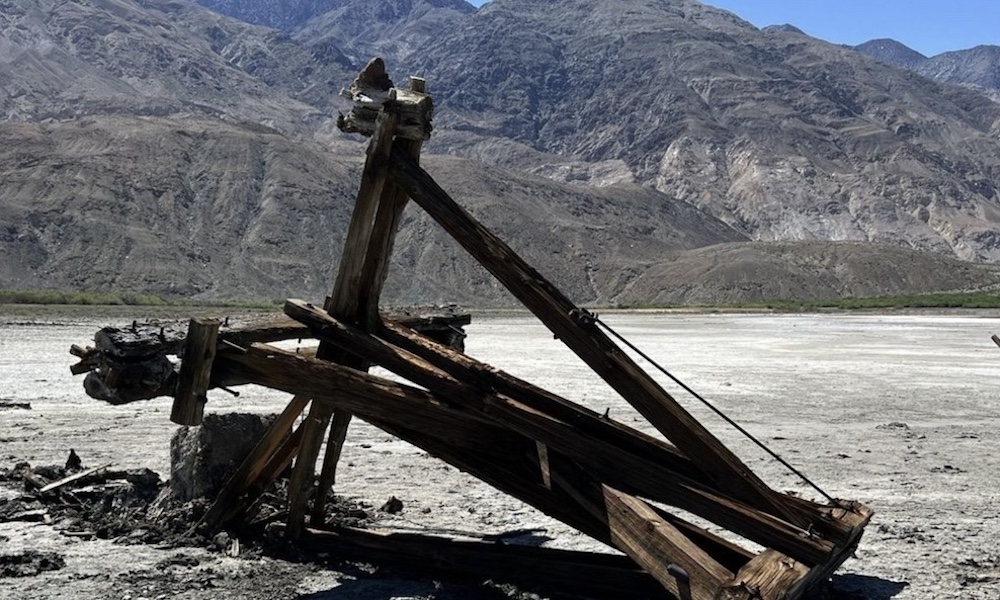
“Park rangers believe that someone used the tower as an anchor to pull their vehicle out of the mud. The tower toppled over, pulling its concrete footings out of the ground.”
The incident occurred after the National Park Service had planned a salt tram stabilization project to be funded by the federal Inflation Reduction Act.
It’s not clear if extra funding can be provided to repair and re-anchor the damaged tower.
Anyone with potentially helpful information is asked to call 888-653-0009 or visit the National Park Service’s online tip portal.
